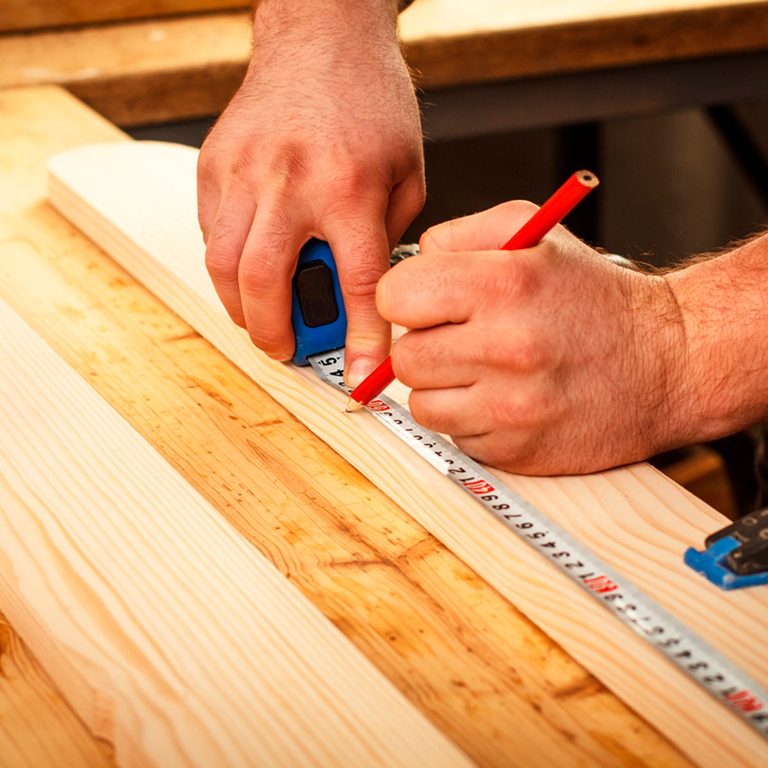Community, Leadership, Experimentation, Diversity, & Education
Pittsburgh Arts, Regional Theatre, New Work, Producing, Copyright, Labor Unions,
New Products, Coping Skills, J-O-Bs...
Theatre industry news, University & School of Drama Announcements, plus occasional course support for
Carnegie Mellon School of Drama Faculty, Staff, Students, and Alumni.
CMU School of Drama
Wednesday, March 15, 2023
20 Marking Hacks Every DIYer Should Know
Family Handyman: Before we get too far into the hacks and tricks, let’s pause a moment to make sure we all understand the basics of marking for a cut. It’s always best practice to mark the board where the saw will make it’s first contact. For a circular saw, that’s usually at the edge of the board, while a miter saw cut should be marked in the middle of the board.
Subscribe to:
Post Comments (Atom)

4 comments:
I love a hack article. Some are useful, some are kind of silly, and some of them are just plain common sense and that's okay because it's just hacks. I enjoyed seeing the ways they came up with to mark weird angles, like with the bricks. I’m not sure what the alternative would be other than just having a straight edge up against it. I also appreciated that these hacks were using things that you either already have lying around or if you are a professional DIYer, things that you should have that may be worth the investment. I also had not considered much about different markers for different materials outside of the lumber and steel that we use in the shop. I hope to at some point have a pretty garden/landscaping so learning the proper technique to measure out something on soil was cool to see. Additionally, it is nice that the specific paint used outside will wash away so all you need to do is mark and then use it.
A toxic trait of mine is that once I get an idea for a project or craft or change in my room in my head, I won’t let it go. As a kid I was infatuated with Do It Yourself projects and watched countless videos on Youtube, and have vivid memories of going to get craft supplies and having craft days with my friends and brother. With that being said, I had a lot of short-cut ways of getting things done and remember a lot of times I botched something in my room or on a project because of cutting corners or experimentation. These measuring hacks listed here would have really helped tween Marion carry out her random projects of her youth. In working in theater, through scenic painting and carpentry primarily, I had a good amount of experience working with marking tools like Sharpies and pens and chalk lines. Some of the hyper specific gadgets listed on this list, however, I am less familiar with.
Sometimes I find the DIY articles posted to the Newsquiz page to be helpful because I can learn new tips and tricks from them, however in this instance this was truly a DIY article. Pretty much all of the 20 tips were for people doing home repairs or work around the house. Additionally, some of the tips were confusing and just said to read another article which was linked for more information. If I actually wanted more information I would not appreciate having to go to another webpage to find it when I thought this was the page that would provide me with the information I wanted. I did appreciate the tip on marking circular objects as it can be difficult to get a precise measurement. I thought the idea of a pencil with the width of the blade was also rather silly as the pencil might get dull and inaccurate.
The angle iron on the PVC was a smart one, I don’t have a TON of experience with PVC so that was nice to read. I constantly see “hack that tool” type of videos on TikTok, and I’ll be honest – some of them are actually really useful and I’ve been waiting for a scenario to try it out. I’ve tried one or two and both worked well. I personally also had not seen the graph paper that is helpful for three-dimensional drawings, I will be purchasing some simply because I like it. I agree with other comments that some of these seem silly, but they are likely helpful to someone. There is always a chance that one day you’ll be in a scenario and one of these “dumb” solutions might just be the answer to your problem. I love learning new ways of doing things, there’s always a million and one ways.
Post a Comment